Shop For Tower And Accessories
Shopping for the tower and its accessories would be much easier if we can talk to the amateur radio communities. The radio tower needed for putting outdoor WiFi equipment and antenna is fairly similar to an amateur radio tower. Check out local amateur radio club station would be the best solution.
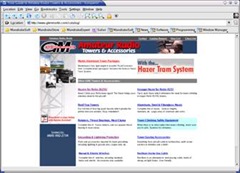 For North Americans, some of the tower manufacturers can be found at ARRL Web at URL http://www.arrl.org/tis/tisfind.html. A good example of tower manufacturer is the Glen Martin http://www.glenmarin.com.
For North Americans, some of the tower manufacturers can be found at ARRL Web at URL http://www.arrl.org/tis/tisfind.html. A good example of tower manufacturer is the Glen Martin http://www.glenmarin.com.
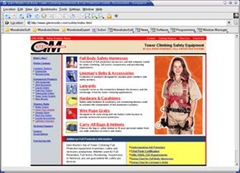 Before we buy a tower, we need to ask the question how large is the antenna? The larger the antenna, the stronger the tower would be. Check wind-loading rating of the antenna, and match it to the tower wind loading rating. Most towers are design for 80 km/h wind loading. It would be advice able to check which part of the country are we living? What kind of weather? Are we expecting any strong wind?
Before we buy a tower, we need to ask the question how large is the antenna? The larger the antenna, the stronger the tower would be. Check wind-loading rating of the antenna, and match it to the tower wind loading rating. Most towers are design for 80 km/h wind loading. It would be advice able to check which part of the country are we living? What kind of weather? Are we expecting any strong wind?
Please note to properly grounding (or earthing) the tower. It is the biggest defense against lightning strikes, and can also affect the performance of some radios.
A last note, please don’t forget to use all the safety harness before we do all the installation process. Some of the tower manufacturer will also sell the safety equipment as shown in the figure.
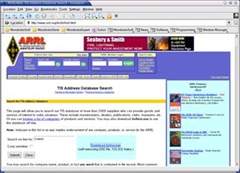

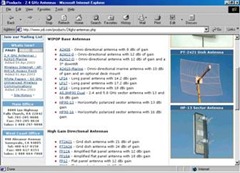

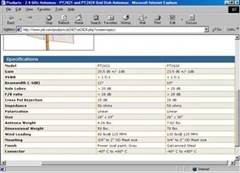
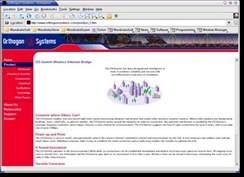
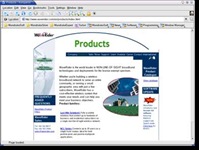
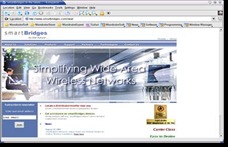
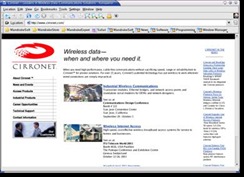
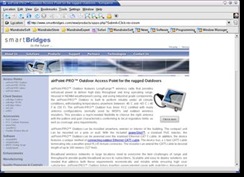

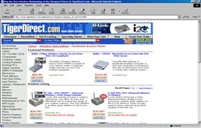
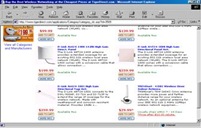








![clip_image002[10]](http://lh6.ggpht.com/edjipang/SMvcmkjUjuI/AAAAAAAAABY/G3o6HXW6sHQ/clip_image002105.jpg?imgmax=800)